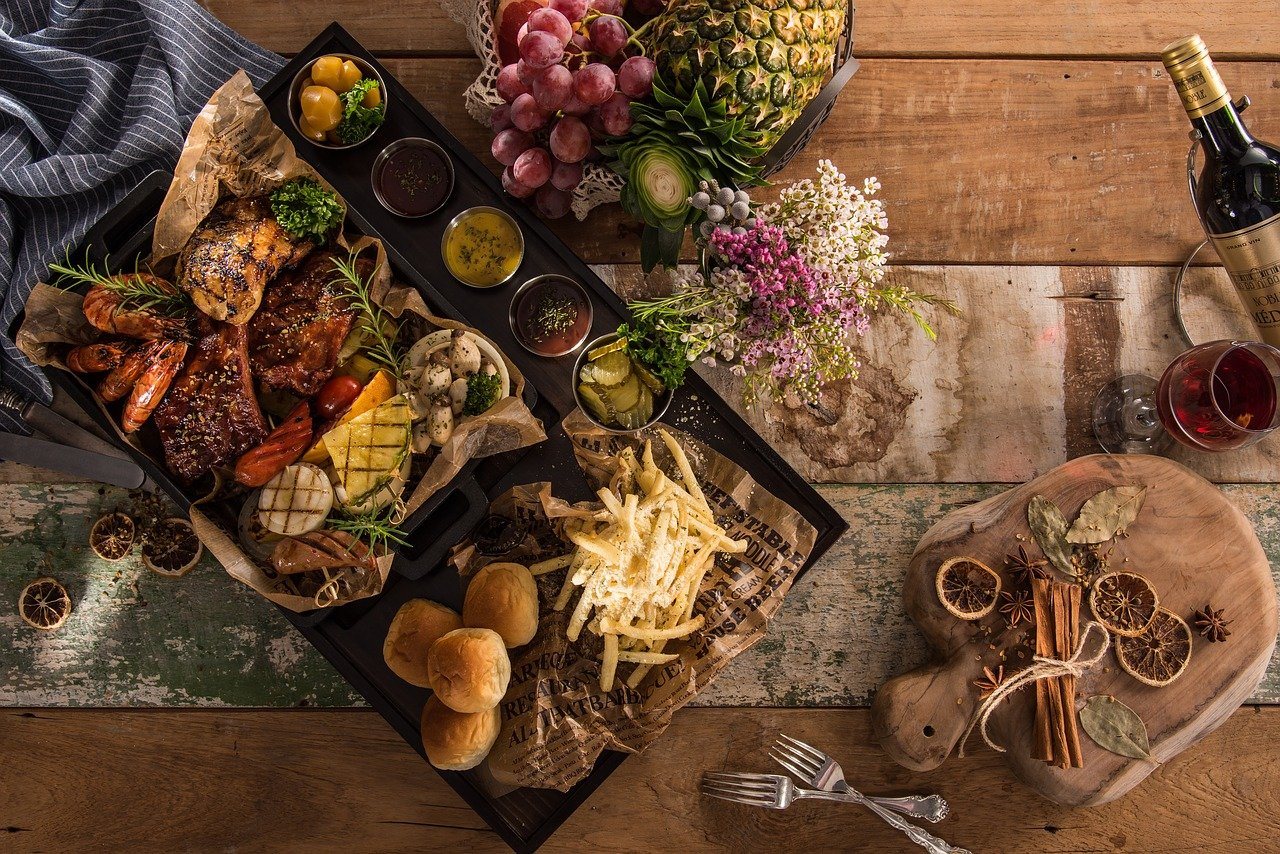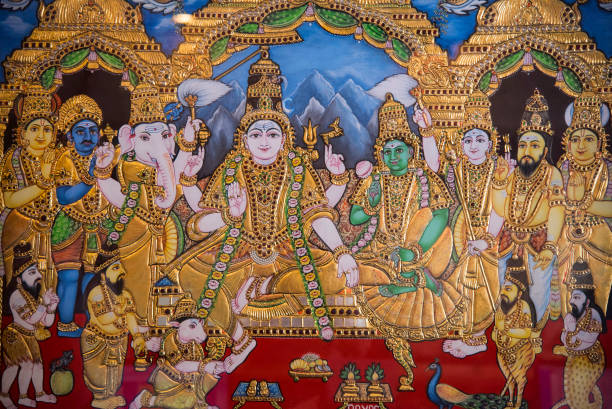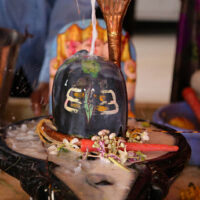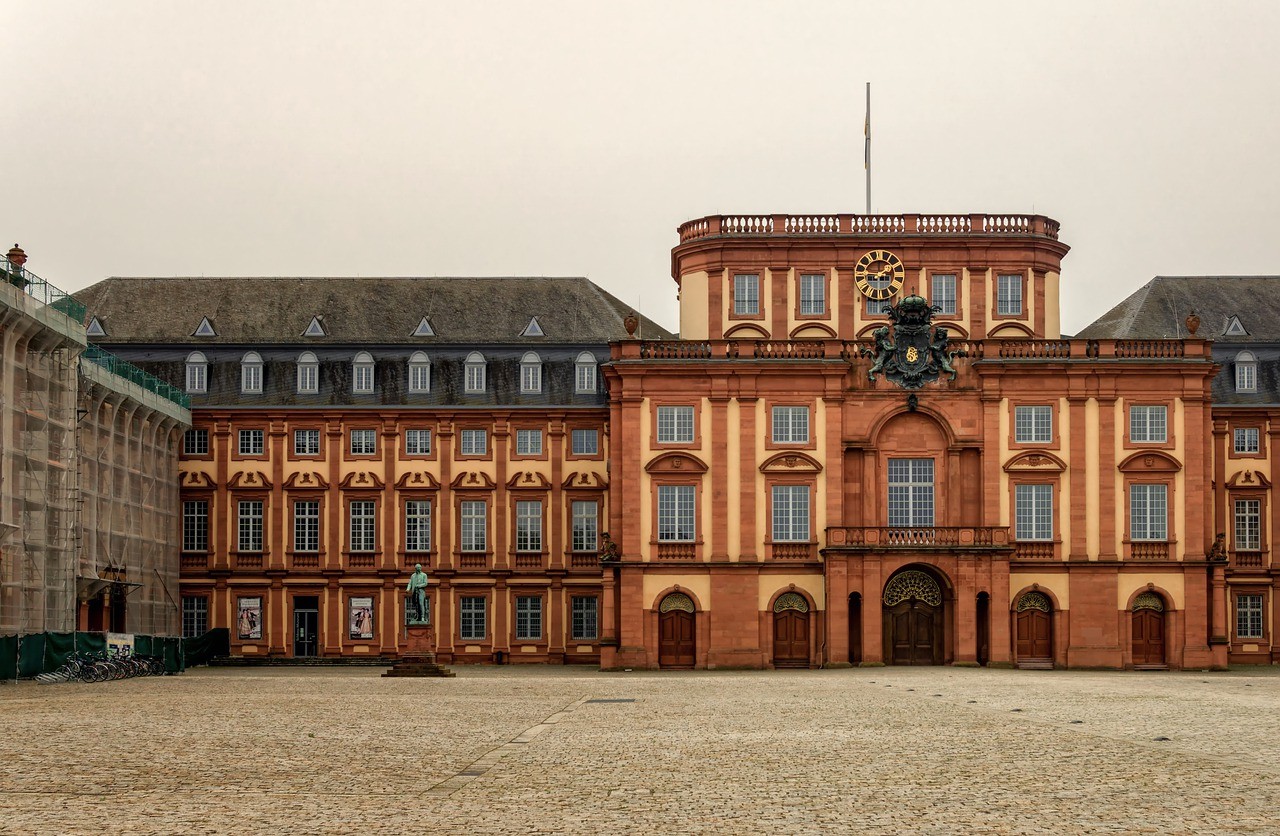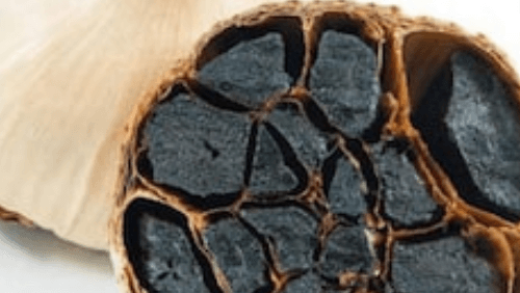Many arts are existing in different parts of the world. One may feel soothing and calm after reading or by just looking at the wonderful arts. Each of them requires certain materials to create any art. Kintsugi Art Of Japan
But did you know that there exists an art that requires broken pieces of utensils for the development of artistic objects? More about this type of sculpture is detailed in this article.
About the Kintsugi art.
With the roots emerging from Japan, Kintsugi art is the skill developed by placing wrecked earthenware pieces back together with the melted gold. The main idea behind this art lies in “Embracing flaws and imperfections, an even stronger and more beautiful artistic fact can be developed”.
Origin.
One of the longstanding traditions followed in Japan is lacquerware. In some parts of Japan, this technique is even merged with maki-e to rejoin the ceramic earthenwares. Even if the Kintsugi art is completely associated with the craftsman of Japan, this art form is also applied to several ceramic pieces of some other regions including Vietnam, Korea, and China.
The Kintsugi art has become closely allied with porcelain vessels used for chanoyu (Japanese tea ceremony). It is considered that in the ancient era say in the 15th-century Japanese shōgun Ashikaga Yoshimasa sent a scratched Chinese tea dish back to China for reparation. When this bowl came in return, the craftsman of Japan looked over it more aesthetically to repair it in a genius manner.
Why this art is so unique?
Even though every art is unique in its way, the Kintsugi art is something that proves to be fantastic art using broken pieces of crockeries. The art reveals that every broken piece is special. Even after it breaks, becomes special if added upon with any external element.
The kintsugi art rejoins the broken pieces of crockery along with melted gold. The resultant structure looks tremendously fabulous with a unique shine and appearance that fascinates not only the buyer but also the artisan. This beautiful appearance also helps artisan to stay motivated and continue making it more and more. This making not only develops the wonderful crockery pieces but also keeps the kintsugi art alive.
Historical background.
The kintsugi art is nearly 400-years old. This technique highlights the “broken parts” as a part of the plan. There is a beautiful metaphor mentioning “Sometimes in the process of repairing things that have broken, we create something more unique, beautiful and resilient.”
This metaphor does not only depicts a simple and relatable saying but also helps us heal ourselves. It teaches us an important lesson regarding the broken parts.
More about the art.
Also known as kintsukuroi, the kintsugi art helps repair the broken pottery. The elements used for mending purposes are lacquer dusted or mixed with powdered gold, silver, or platinum. After sealing the breakage areas the method not only joins the broken earthenware but also provides them with a beautiful look for the customers.
This method is also called the maki-e technique. As per the philosophical theories, this art repairs the breakages to maintain the history of any broken object. Rather it helps get it into the newer and beautiful disguise.

